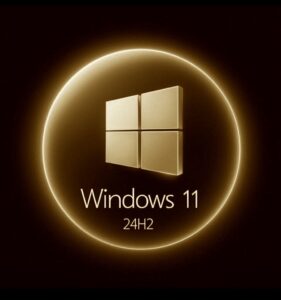Tipos de conectores para ordenadores, diferencias, especificaciones, velocidad y tecnología
Over the years, the field of computer technology has seen significant advancements in terms of connectors used to transfer data between different devices. These connectors play a critical role in ensuring seamless communication and data transfer, and understanding the different types, specifications, speeds, and technologies associated with them is essential for anyone working in the field.
One of the most commonly used connectors in computers is the USB (Universal Serial Bus) connector. USB connectors come in various shapes and sizes, with USB-A, USB-B, and USB-C being the most common. USB-A connectors are rectangular in shape and are typically found on computers and chargers. USB-B connectors, on the other hand, are square in shape and are often used for connecting printers and other peripherals. USB-C connectors are the latest iteration of USB connectors and offer faster data transfer speeds and increased power delivery capabilities.
Another commonly used connector in computers is the HDMI (High-Definition Multimedia Interface) connector. HDMI connectors are used to transmit high-definition audio and video signals between devices such as computers, televisions, and gaming consoles. HDMI connectors come in different versions, with the latest being HDMI 2.1, which offers support for higher resolutions, refresh rates, and dynamic HDR.
Apart from USB and HDMI connectors, there are several other types of connectors used in computers, each with its own set of specifications, speeds, and technologies. For example, Thunderbolt connectors are known for their high-speed data transfer capabilities, while Ethernet connectors are used for connecting computers to a network for internet access. SATA connectors are used for connecting storage devices such as hard drives and SSDs to the motherboard, while DisplayPort connectors are used for connecting monitors and other display devices.
When it comes to the speed and technology of connectors, there has been a continuous push towards faster data transfer speeds and more advanced technologies to meet the demands of modern computing. For example, USB 3.0 connectors offer significantly faster data transfer speeds compared to USB 2.0 connectors, while Thunderbolt 3 connectors offer even faster speeds and support for multiple high-resolution displays.
In terms of the impact of connectors on the field of computer technology, it is clear that they play a crucial role in enabling the seamless communication and data transfer between different devices. Without connectors, it would be impossible for computers to connect to peripherals such as printers, monitors, and external storage devices, limiting their functionality and usability.
One of the key figures who has contributed significantly to the field of connectors for computers is Ajay Bhatt, the co-inventor of USB technology. Bhatt’s work on USB connectors revolutionized the way devices communicate and transfer data, and his contributions have had a lasting impact on the field of computer technology.
In conclusion, the field of connectors for computers is a rapidly evolving one, with advancements in technology driving faster data transfer speeds and more advanced capabilities. Understanding the different types, specifications, speeds, and technologies associated with connectors is essential for anyone working in the field of computer technology, and staying abreast of the latest developments is crucial to ensuring the seamless functioning of computers and their peripherals. As technology continues to evolve, we can expect to see even faster data transfer speeds and more advanced capabilities in the connectors used in computers, further enhancing the way devices communicate and interact with each other.












